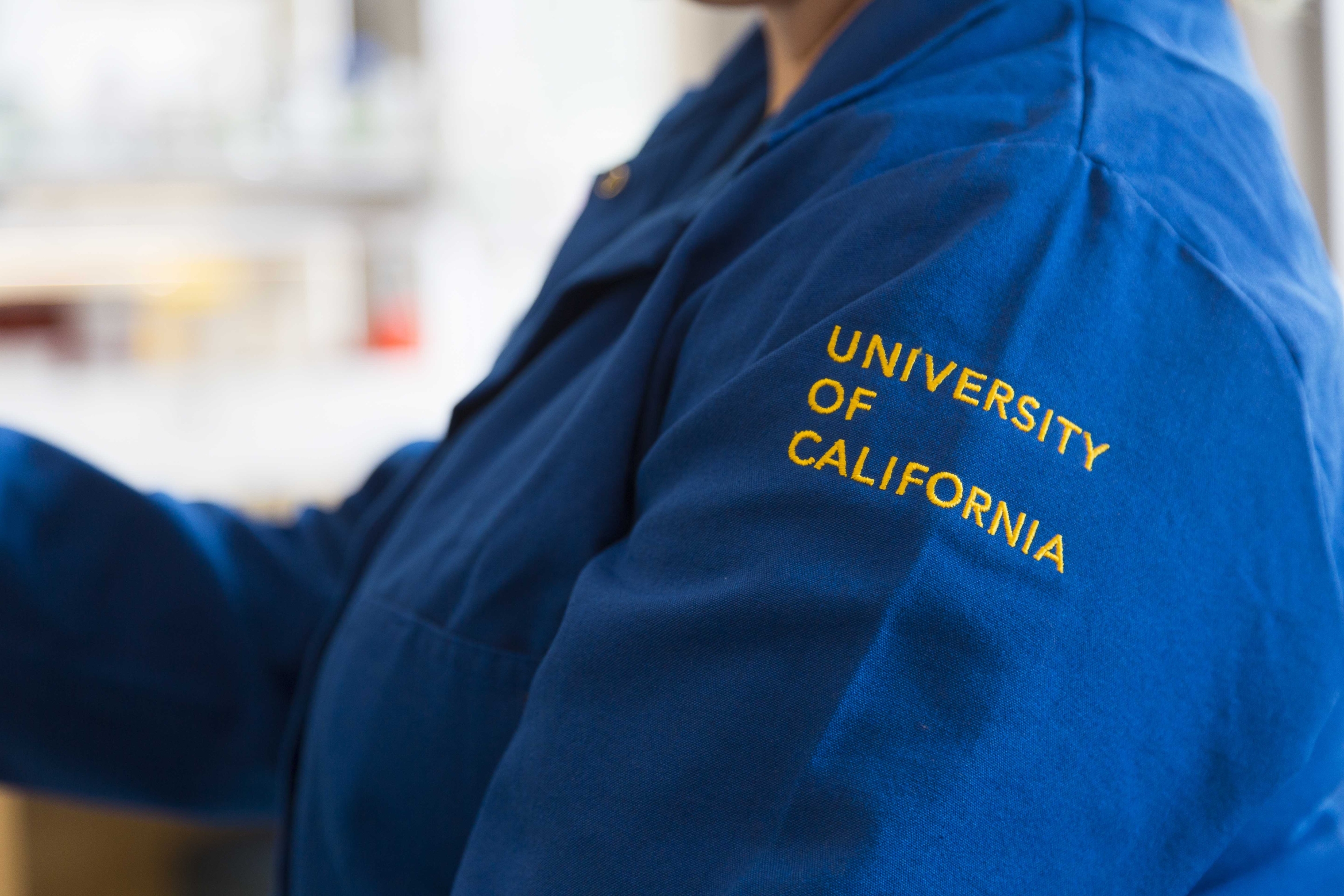
A University of California multi-campus initiative strives to boost diversity within its STEM teaching faculty ranks
California is among the most racially and ethnically diverse states in the U.S., often coming in first or vying with Hawaii for the top spot. And this quality is particularly evident in the student body of the University of California (UC) system.
However, this diversity of races and cultures is not as well reflected among faculty. Recent numbers compiled by the National Science Foundation (NSF) indicate that across all four-year colleges in the U.S., science, technology, engineering and mathematics (STEM) associate and full professors from racial and ethnic minority groups occupy only about 8% of senior faculty positions; the proportion drops to 6% in the nation’s most research-intensive institutions.
“As the UC diversifies in terms of its student population, we’re not seeing the same representation in the faculty itself,” said UC Santa Barbara assistant teaching professor Mike Wilton, a biologist whose work centers around finding ways to boost undergraduate student success in the STEM fields. UC Santa Barbara’s status as a Hispanic-Serving Institution (HSI), where the undergraduate Latinx population constitutes at least a quarter of the total undergraduate population, contrasts starkly to the faculty.
To reduce this discrepancy, a four-campus initiative, the UC Hiring Interventions for Representation and Equity (HIRE) Alliance, is taking a look at early-career faculty hiring practices with the intention of increasing Latinx representation and faculty diversity more broadly in its teaching ranks. UCSB, UC San Diego, UC Santa Cruz and UC Irvine are leading the program, which is supported by NSF’s Alliances for Graduate Education and the Professoriate (AGEP). All the participating campuses are current or emerging HSIs.
“What we’re trying to do is target faculty hiring or the search committees who are actually doing the recruitment, in order to ensure that as many people from a diversity of backgrounds and experiences apply for the positions and all candidates who apply are being evaluated in an equitable fashion,” Wilton said.
Often, he explained, faculty hiring practices involve prioritizing the applicant’s academic trajectory and what institution they received their degrees from. It’s not a bad way to ensure the quality of an applicant for a STEM teaching faculty position, but the practice also perpetuates biases that tend to restrict the diversity of academia.
“We do know that faculty hiring can be influenced by biases,” Wilton added. To accomplish their objectives, the principal investigators on the project — Wilton, project lead Stanley Lo from UC San Diego, Brian Sato and Natascha Buswell from UC Irvine and Alegra Eroy-Reveles from UC Santa Cruz — have been working with faculty from their respective campuses who have been part of search committees for teaching professor applicants to build a more holistic rubric for candidate evaluations. The rubric emphasizes not just the candidate’s teaching expertise but also what they individually bring to the position. Wilton hopes that “incorporation of these rubrics will be a way to ensure that there is equitable evaluation of all candidates applying for jobs in the teaching faculty line.”
After developing and designing these standards with an initial cohort of professors, they have recruited a second group, all of whom are currently participating in candidate searches, to optimize these parameters. The UC HIRE Alliance is also developing an institutional change model to improve equity and inclusion in faculty hiring and conducting research on the experiences of Latinx graduate students and postdoctoral scholars transitioning into faculty positions.
“What kind of value are these rubrics bringing?” Wilton said “Are they helping to change the dynamics of these search committees? Are they promoting different types of evaluation in the candidates they’re receiving?”
Over the course of this five-year project, the investigators plan to move from the current recruitment and hiring phase to the teaching phase, collecting feedback and refining the process at each step. The end product will be a flexible and widely applicable model that can be used to bolster the diversity of STEM teaching faculty at four-year institutions across the country.
“The ultimate goal here is to have more equitable early-career faculty hires, regardless of whether or not the institution is an HSI,” Wilton said.
Sonia Fernandez
Senior Science Writer
(805) 893-4765
sonia.fernandez@ucsb.edu



